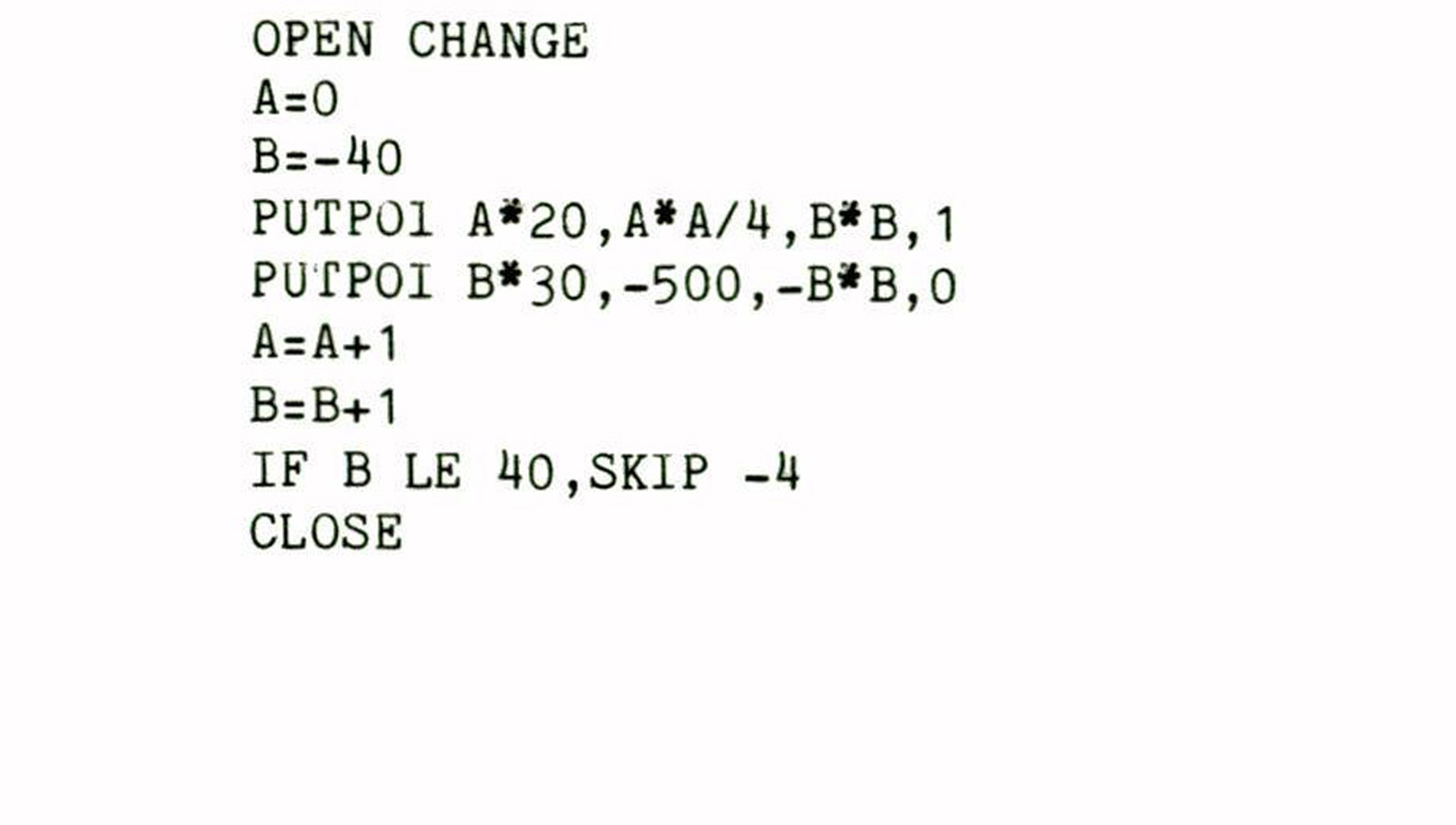“GAIN: An interactive program for teaching interactive computer graphics programming” by Towle and DeFanti
Conference:
Type(s):
Title:
- GAIN: An interactive program for teaching interactive computer graphics programming
Presenter(s)/Author(s):
Abstract:
Recent trends in the manufacturing and sales of home computers indicate that a new form of instruction must be developed for teaching programming in the home. Students learn programming from interacting with computers and other students in a classroom setting. The home user may not have this option. Manuals do not teach; they are good for looking up information you have forgotten. Workbooks and textbooks do not have a structure conducive to teaching—you have to understand everything before you can figure out “undiagnosible syntax error” or “OC4.” An approach has been developed at UICC which uses sophisticated error handling and modest program verification to supervise the beginning user while he/she is constructing and executing computer graphics programs. New, inexperienced computer users are now doing interesting (to them) programs within a half hour. This “interactive workbook” concept will be expanded and is currently a working prototype of a teaching package to be available on a home computer graphics/color TV system next year.
References:
1. Mennie, Don, “Everybody’s Doing It (Computing at Home),” IEEE Spectrum, Vol. 14, No. 5, May 1977, pp. 25-34.
2. Machover, C., et al. “Computer Graphics Displays,” IEEE Spectrum, Vol. 14, No. 8, August 1977, pp. 24-32.
3. Kay, A.C., “Microelectronics and the Personal computer” Scientfic American, Vol. 237, No. 3, September 1977, pp. 231-244.
4. DeFanti, Tom, “The Digital Component of the Circle Graphics Habitat,” Proc. NCC 1976.
5. DeFanti, Tom, et al. “Computer Graphics as a Way of Life,” Computers & Graphics, Vol. 1, No. 1, May 1975.
6. Hantler, S. and King J., “An Introduction to Proving the Correctness of Programs,” Computing Surveys, Vol. 8, No. 3, September 1976, pp. 331-353.
7. Burstall, R. “Some Techniques for Proving the Correctness of Programs which Alter Data Structure,” Machine Intelligence 7, American Elsevier, New York, 1972.
8. Elspas, B., “An Assessment of Techniques for Proving Program Correctness,” Computing Surveys, Vol. 4, No. 2, June 1972, pp. 97-147.
9. King, J., “Proving Programs to be Correct,” IEEE Transactions on Computers, Vol. 20, No.11, November 1971, pp. 1331-1336.




